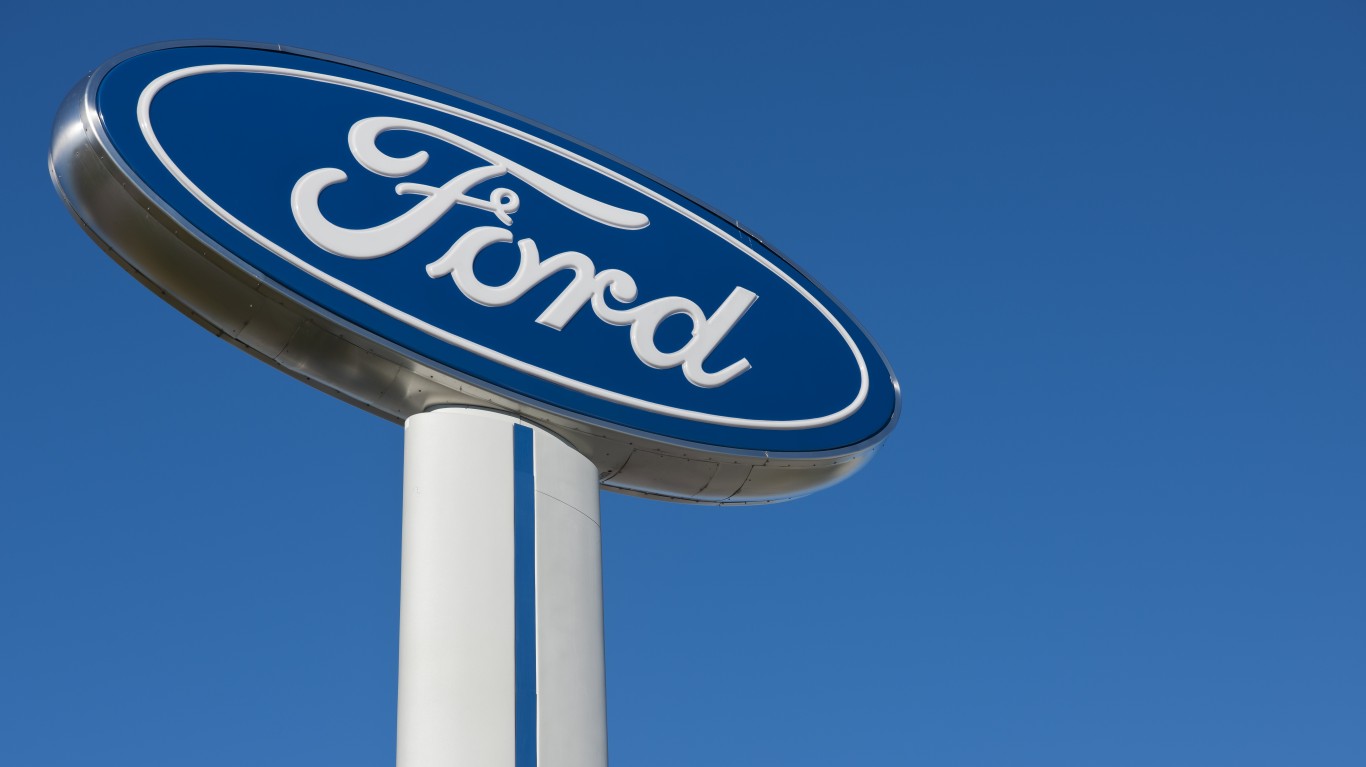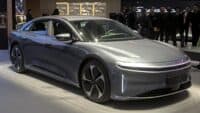Volvo and parent company Zhejiang Geely on Tuesday announced an investment of more than $750 million in Polestar, the electric car brand that will hit showroom floors in 2019. Volvo revealed the brand’s first production car, the Polestar 1, in Shanghai yesterday.
The Polestar 1 is a hybrid electric with a pure-electric range of 150 miles, according to the company. Production models are expected to be available in mid-2019, to be followed later that year by the Polestar 2, the brand’s first all-electric car. No specifications were provided for the Polestar 2.
In July, Volvo announced that it would have an electrified version of every car in its lineup by model year 2019 and that it would introduce five all-electric vehicles between 2019 and 2021. The company further estimated that it would sell a million total units of its electrified cars between 2019 and 2025.
That may sound aggressive, but even if Volvo manages to hit those targets it will not become more than a niche player in the market for electric cars. Electric vehicle tracking website EV-Volumes estimates that by 2010 eight out of 10 cars sold around the world will be plug-in hybrids (PHEVs) or all-electric (EVs). Global new car sales totaled around 88 million units in 2016, and even if sales decline somewhat to, say 85 million per year by 2030, that’s revving up the global electric-car industry from around 1 million sales to 68 million sales in less than 15 years.
Volvo’s Polestar unit is aiming at the same market as Tesla Inc. (NASDAQ: TSLA) did with its Model S and Model X vehicles: the high-performance market where car prices approaching and even exceeding six figures are common. To take a significant share of the global electric car market, a carmaker is going to have to move down to the much larger market for mid-priced cars like General Motors Co.’s (NYSE: GM) Chevy Bolt and the Tesla Model 3.
In addition to the investment in a China-based plant announced yesterday, Volvo has also committed to investing $1.1 billion in its South Carolina plant to build electrified versions of its XC90 SUV in 2021.
Exactly how Volvo will drive global sales from around 50,000 a month (say 625,000 a year) now to include more than 150,000 electric car sales on average for the years between 2019 and 2025 while still maintaining sales of its fossil-fueled cars should be a real trick. Volvo currently sells fewer than 10,000 a month in the United States, so the company is clearly banking on its European and Chinese markets.
Thank you for reading! Have some feedback for us?
Contact the 24/7 Wall St. editorial team.
 24/7 Wall St.
24/7 Wall St.



